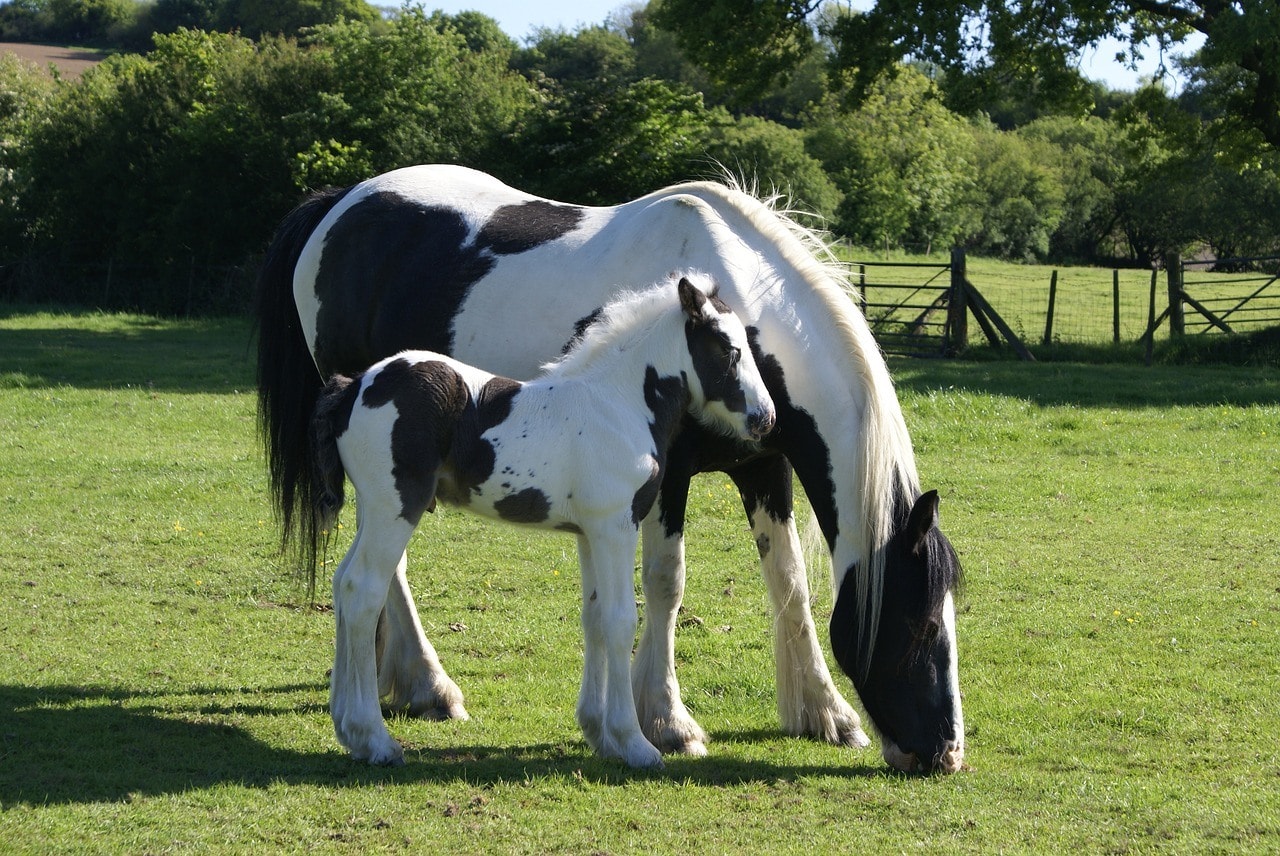
There are believed to be more than 400 breeds of horses in the world, along with likely hundreds more extinct breeds. We have used horses for transport and meat, and we still use them for agriculture and farm work, moving produce, and pleasure riding and competition. In the U.S., the Quarter Horse is the most popular breed, followed by the beautiful Arabian and the highly competitive Thoroughbred.
While many people are accustomed to seeing a range of breeds with different characteristics and traits, some breeds are considered unique because they have one or more unusual traits.
Here are 11 of the most unique and unusual horse breeds from around the world.
The 11 Unique and Unusual Horse Breeds
1. Akhal-Teke Horse
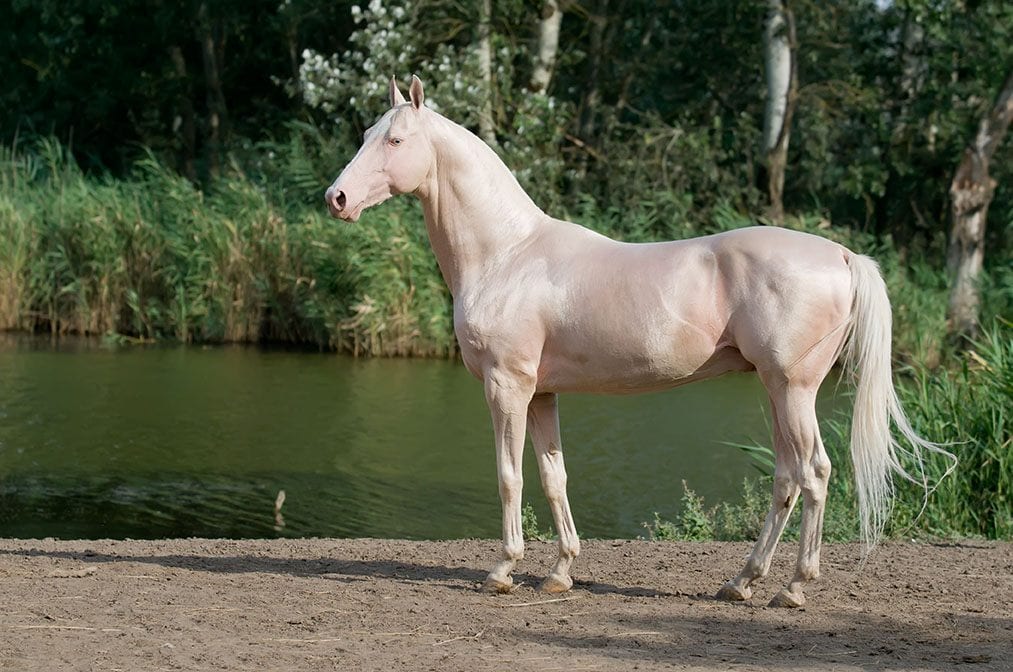
The most unusual trait of the Akhal-Teke horse is immediately obvious. They have a coat with such a sheen that it appears metallic, and with the right color, it can take on a distinctly golden appearance. They are so highly revered in their home nation that they appear on banknotes and are the national emblem of the country.
The breed hails from the deserts of Turkmenistan, where they are used for competitive sports, especially endurance races. They are strong, athletic, muscular, and hardy animals that can deal with a range of conditions. Originally, the breed was prized as a warhorse: Alexander the Great was known to be a fan.
Such is the level of loyalty this breed exhibits that the Akhal-Teke can become aggressive toward strangers.
2. Bashkir Horse
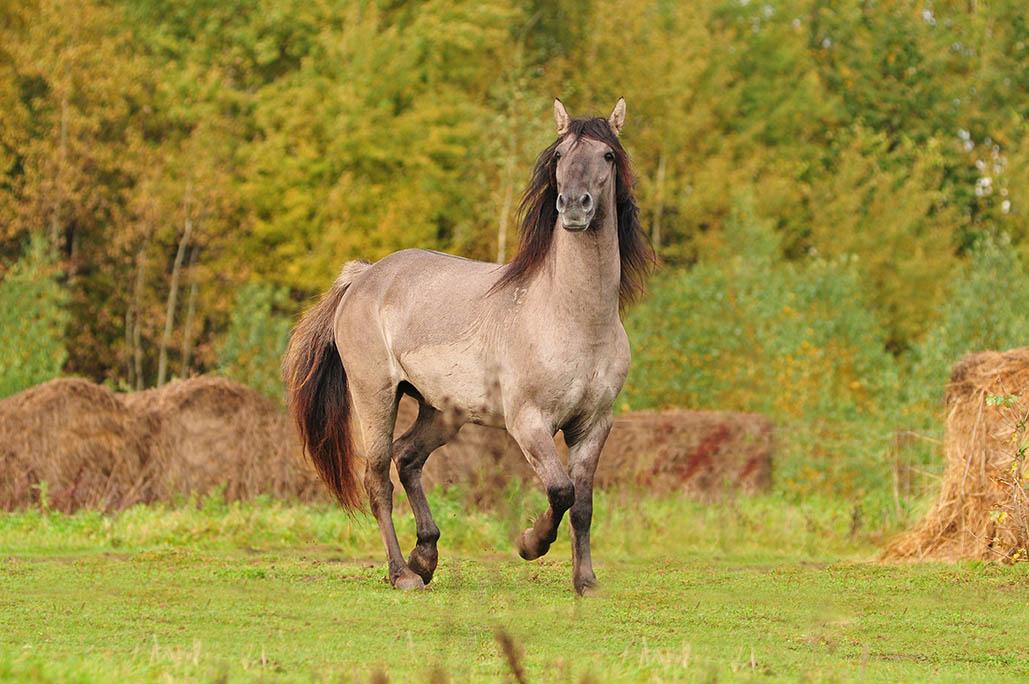
The unique Bashkir Curly horse has a somewhat uncertain past, but there is no doubting their unique looks. The horses contain a gene that gives them a distinct curly coat. They are sometimes described as being hypoallergenic and are excellent competitors in a range of specialties. The Bashkir Curly actually loses their distinctive curls during the summer months, when they grow a straight coat.
The exact history of the breed is somewhat uncertain. Although many breeders believed them to have descended from the Russian Bashkir, Loki, or other breeds, DNA testing showed no traces. However, the first documented discovery of the breed occurred in Nevada in 1898. Peter Damele and his father saw a curly-haired horse and took the animal back to their ranch. Most, if not all, modern Bashkir Curly horses can be traced back to that ranch.
The breed stands between 14 and 16 hands and can come in any color point or marking. They are friendly and alert horses, and besides their unique looks, they are prized for their skill in competition.
3. Gypsy Vanner Horse

The Gypsy Vanner was bred by the Roma people in the United Kingdom for the primary purpose of pulling the caravans of their handlers. The horse was bred from Shire, Clydesdale, and native British ponies, and they are often described as being a “people-sized” draft horse. Although the Vanner can vary in height up to 16.5 hands, the Roma preferred shorter and smaller horses because they cost less to feed and were easier to keep. About 14.5hh to 15hh is considered the optimal height for the Vanner.
Most of the horses are piebald black and white, but some may be skewbald brown and white. They have extensive feathering at the bottom of their legs and have long flowing manes and tails.
Not only does the Vanner look beautiful but they also have a welcoming and friendly demeanor. Traditionally, the Vanner would spend time around children and pets, which meant that there was no place for antisocial behavior.
The breed is popular in the U.S. and in the U.K., where there are believed to be several thousand. The exact number of the horse population is unknown because this working breed is not always registered with breed clubs and associations.
4. Exmoor Pony

The Exmoor Pony is a semi-feral pony breed. They are a small breed but quite hardy, having been reared on the challenging Exmoor moors in Southwest England. The breed has even developed unique physical features. Their eyes are extra fleshy, which enables the Exmoor Pony to deflect water from rain and the conditions of the moors. They also grow a two-layer coat, with a wooly underlayer in winter to stave off the cold.
The Exmoor pony is one of the oldest breeds native to the U.K. Their existence is documented back to 1085, when they were mentioned in the “Domesday Book.” They were used for general agriculture work, including pulling and plowing. They also helped transport farmers across the challenging terrain of the Exmoor hills. By the 18th century, local farmers were allowed to have their ponies graze in the forest, and several hundred are still roaming free in the area today.
According to the official breed registry, approximately 3,500 of these ponies live elsewhere around the U.K. and the rest of the world, so the Exmoor is considered endangered. They are used for light draft work but are most commonly used as a child’s horse. They are also capable of carrying small adults. They can be brown, bay, or dun, and they have black points with no white markings.
5. Przewalski’s Horse
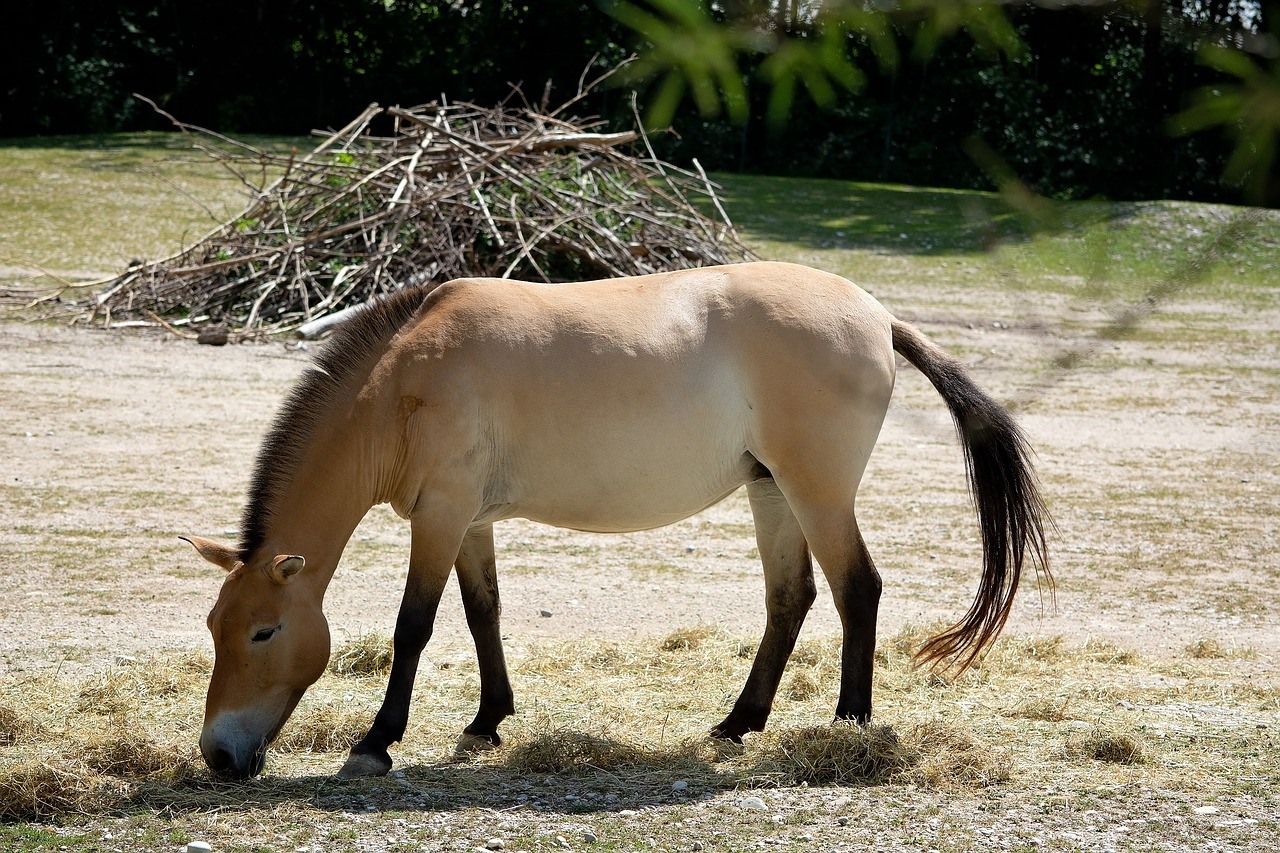
The Przewalski horse of Mongolia is often described as being the only remaining truly wild horse, with other breeds being considered feral or semi-wild. The horse was once resident across most of Asia and Europe, but their land was taken over by humans and their cattle.
The dun markings are attractive, but it is their short mane that sets the horse apart. Efforts have been made to reintroduce the breed back into the wild after they were previously thought to have become extinct. Early signs are promising, though the Przewalski is still classified as “critically endangered.”
6. Black Forest Horse
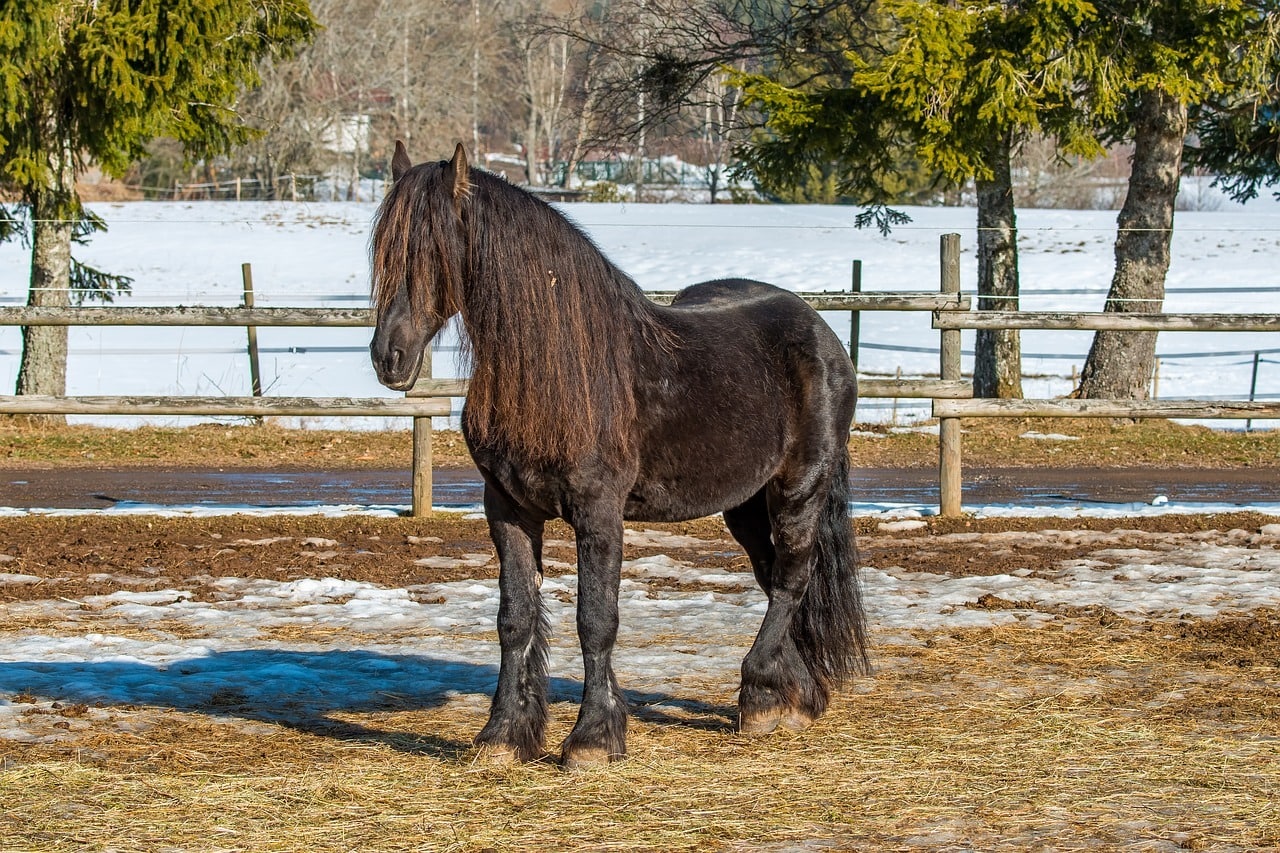
Originating from the Black Forest in Germany, the Black Forest horse is a rare breed that has a deep chestnut coat with a flaxen tail and long mane. The breed is more than 600 years old but nearly became extinct in the 1900s because of automation and mechanization.
Today, the Black Forest horse is classified as being endangered. It is believed that there are around 1,200 left in the world, and although the horse was originally bred for use in agricultural and forestry work, they are more likely to be used in harness riding and pleasure riding today.
7. Fjord Horse
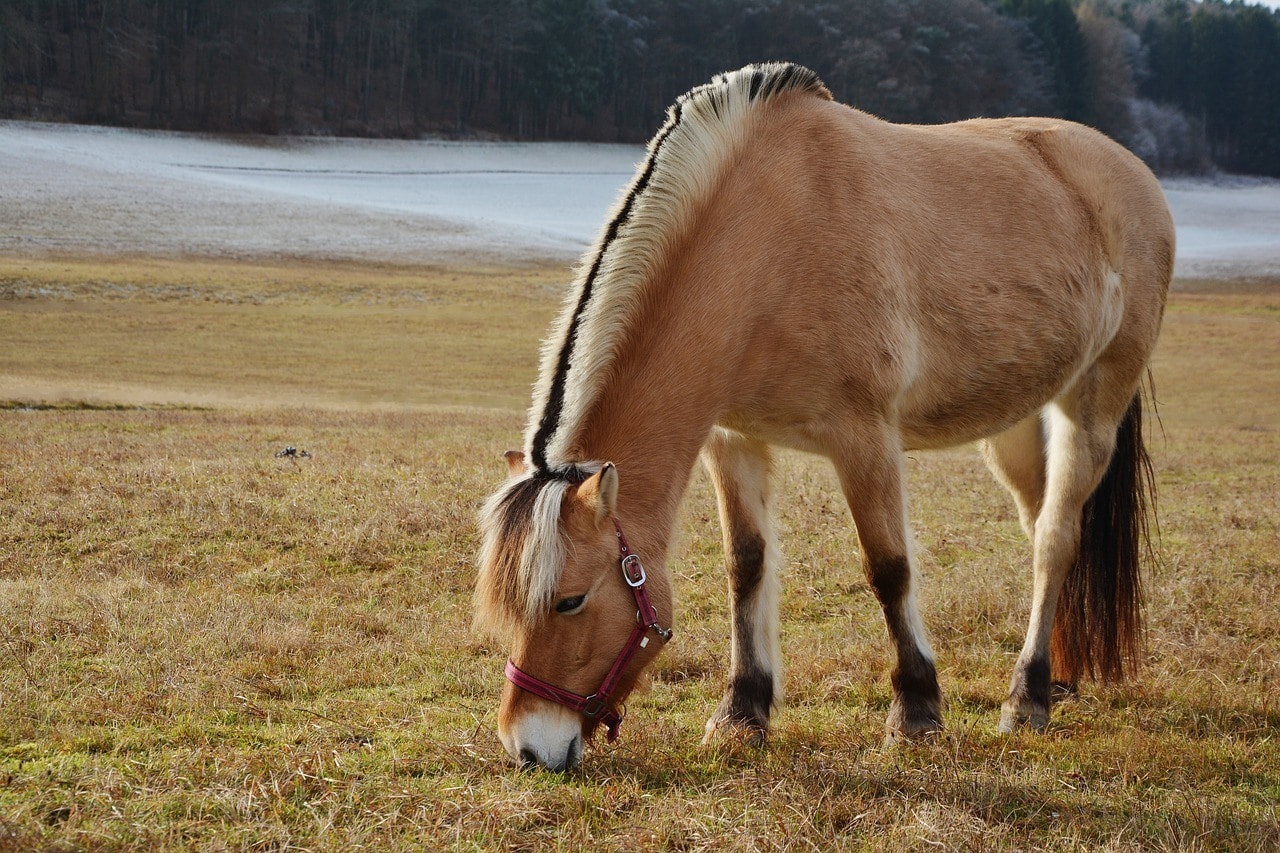
The Fjord breed comes from Norway, where they have been used for centuries in agriculture and other drafting jobs. Although they are smaller than many other draft horses, they are muscular and strong. They are perhaps best known for their striking coloring. The Fjord horse is a dun color with a two-tone mane. The long mane usually has light outside hairs and dark inner hairs, giving the appearance of a dipped mane. Many owners choose to cut the mane short because this accentuates the two-tone look.
The breed is still popular in Norway and other countries in Europe, where they are now used for pleasure riding and riding lessons.
8. Marwari Horse
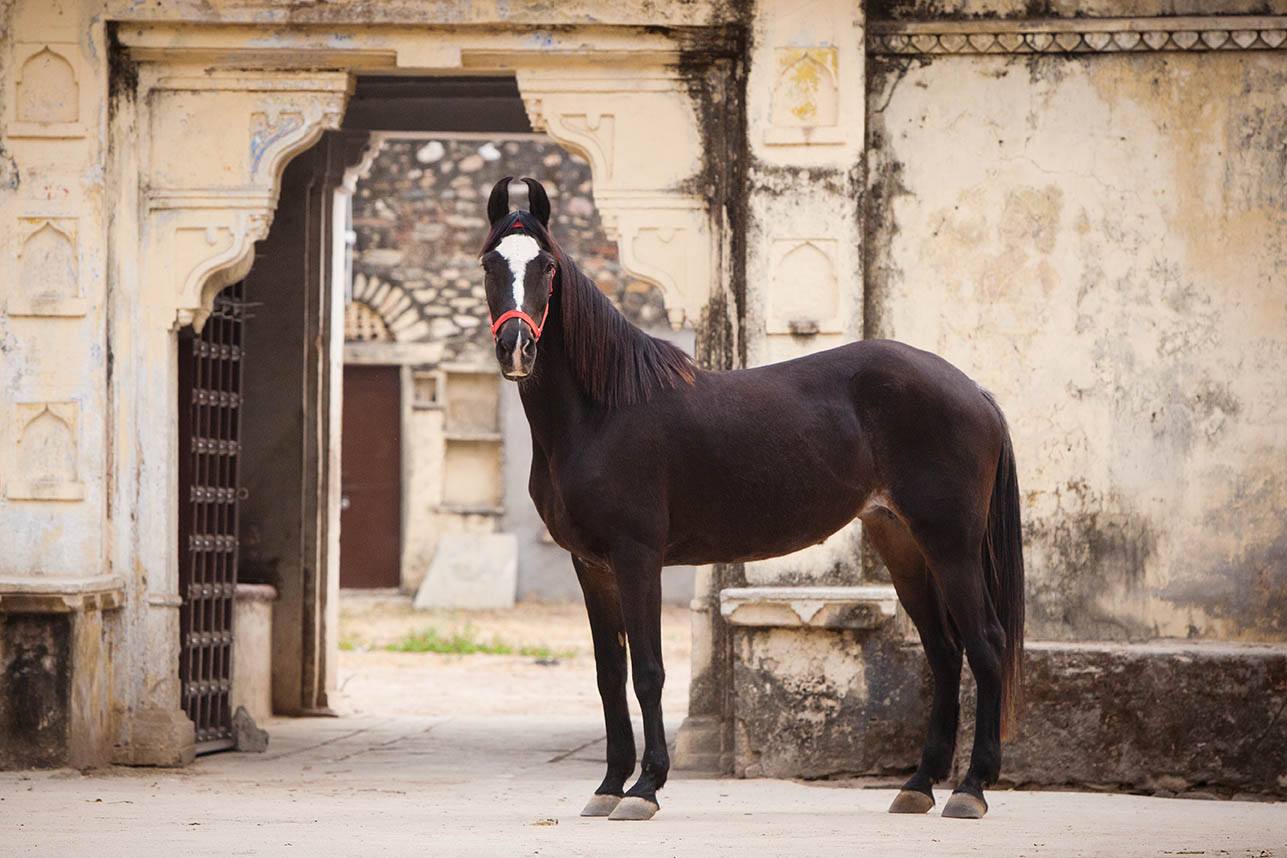
The Marwari originated in India and was first bred in the 12th century. They were bred and used as cavalry horses. In the 1950s, after India had thrown off colonial rule, the unique ears of the breed nearly led to their downfall. The breed had been reserved almost solely for noblemen, so they fell out of favor at this time, but their heart-shaped ears meant that they were easy to recognize.
This exotic horse breed has regained popularity, though they still primarily exist in the country of their origin, where more than 900 or so of the breed are thought to live. The question of exporting is still a hotly contested issue in India.
9. Camargue Horse

The Camargue horse comes from the Camargue region of France, where they live semi-feral and have been used by the Camargue Guardians, which are widely considered to have been Europe’s only cowboys. As such, the Camargue is a true herding breed, and they are still used for this purpose today, though they can be kept for commercial riding and instruction.
They are not only famed for being a cowboy steed and living semi-feral but also for their white or gray coat. This relatively small horse is strong and athletic.
10. Camarillo White Horse
The Camarillo White Horse is the newest breed on this list and is less than 100 years old. They were developed in California, when Adolfo Camarillo bought a white Mustang stud named Sultan and bred him with Morgan mares. All remaining examples of the original breed were auctioned off in 1987. In 1991, it was clear that the breed was going to become extinct without action. The Camarillo White Horse Association was born, and efforts have been ongoing to ensure the survival of the Camarillo.
The breed is pure white, which makes them popular as a show horse, while their history as a ranch horse means that they are good for herding and other ranching duties.
11. Falabella Horse

The Falabella Horse is one of the smallest breeds in the world, measuring a short 6 to 7 hands. The miniature breed comes from Argentina and is classed as a miniature horse rather than a pony.
They were created by crossing several breeds, including the Shetland and Welsh ponies and small Thoroughbreds. They have been used for moving light loads. While it might not be a surprise to learn that they are used for showing, they can jump fences up to 3 feet in height and are good horses for children to ride.
Despite their popularity, the breed is rare, and the Falabella is kept in small herds. This means there are only believed to be several thousand of them left in the world today.
Final Thoughts
Humans and horses have had a strong connection for thousands of years. We have tamed and used them for everything from moving coal to pulling us around in carts and riding them. We still use them for herding cattle and light drafting duties, and they regularly show and compete in a host of disciplines.
Although many of us can recognize some of the better-known and more popular breeds, there are estimated to be 400 different breeds of horse today, including these 11 unique and beautiful breeds and other rare horse breeds.
Featured Image: Penstones, Pixabay








